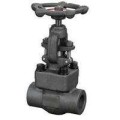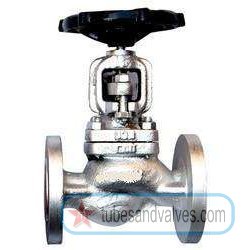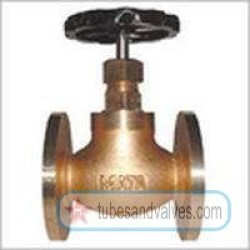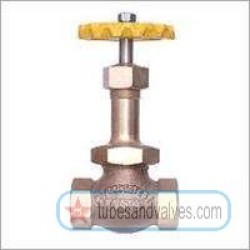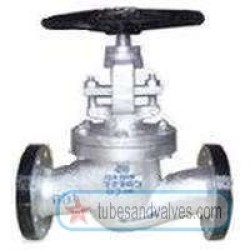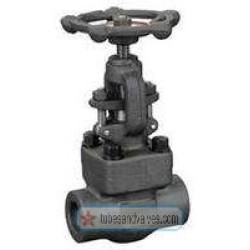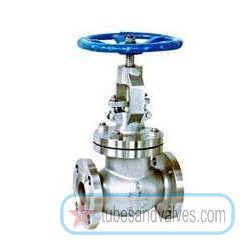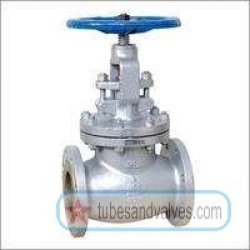Globe Valve
Globe valves are on-off valves used in a variety of flow control applications. They are used for controlling the flow and pressure of various fluids, including gases, liquids, steam, and slurries. These valves are designed with a spherical body and a stem that can be raised or lowered to change the flow opening.
Construction
Globe valves are constructed from a variety of materials, including cast iron, brass, stainless steel, and bronze. The body of the valve is usually a single solid piece with a valve stem attached, although some designs feature a two-piece body. The stem contains a valve seat, which is the part of the valve that regulates the flow of fluid.
The seat is typically made of metal or plastic and can be angled to control the direction of the flow. The stem is connected to a handwheel or an actuator, which is used to open and close the valve. The actuator is often an electric motor, pneumatic system, or hydraulic system, depending on the application.
Operation
Globe valves work by providing a constricted opening for fluid passage. When the valve is opened, fluid pressure compresses a seal around the valve stem and prevents any leakage. When the valve is closed, the pressure is released, allowing the stem to move freely and adjust the opening size. As the valve opening is decreased, the pressure required to push fluid through the valve is increased.
To control the flow, globe valves can be operated manually or automatically. Manual operation is done by hand-turning the handwheel attached to the valve stem. Automated operation is done by an actuator, which is connected to the valve stem and controlled by an electric, pneumatic, or hydraulic system. By adjusting the valve opening with an actuator, the flow rate of a fluid can be precisely regulated.
Advantages
Globe valves have several advantages that have made them a popular choice for flow control. First, the design of the valve allows for precise flow control, which can be done manually or automatically for added convenience. Secondly, the tight seals created by the valve stem and seat provide excellent protection against leakage. Thirdly, the spherical design of the valve body creates a streamlined flow path, reducing turbulence and enhancing performance.
Globe valves also provide a variety of cost-saving benefits. Installation is relatively simple and the spherical shape of the valve body makes it compact, making it easier to transport and install. The valves are also easy to maintain and repair, since they do not require complex components or intricate construction techniques.
Applications
Globe valves are commonly used in a number of industries and applications, such as oil and gas, water treatment, HVAC, and manufacturing. These valves are often found in pressure regulating, anticavitation, or throttling applications. They are also used for controlling the pressure, flow rate, and temperature of a variety of fluids.
In addition, globe valves can be used to achieve critical control and isolation functions. These valves are often used for controlling the flow and pressure of hazardous fluids, ensuring safety in industrial processes. They are also commonly used in heating and cooling systems, controlling the flow of hot and cold air.
Conclusion
Globe valves are an important element in many flow control applications. They are designed with a spherical body and a stem that can be raised or lowered to control the flow rate. These valves are constructed from a variety of materials and are easy to install. They are also highly reliable and provide excellent protection against leakage. Glove valves are used in a number of industries, such as oil and gas, water treatment, HVAC, and manufacturing.













































